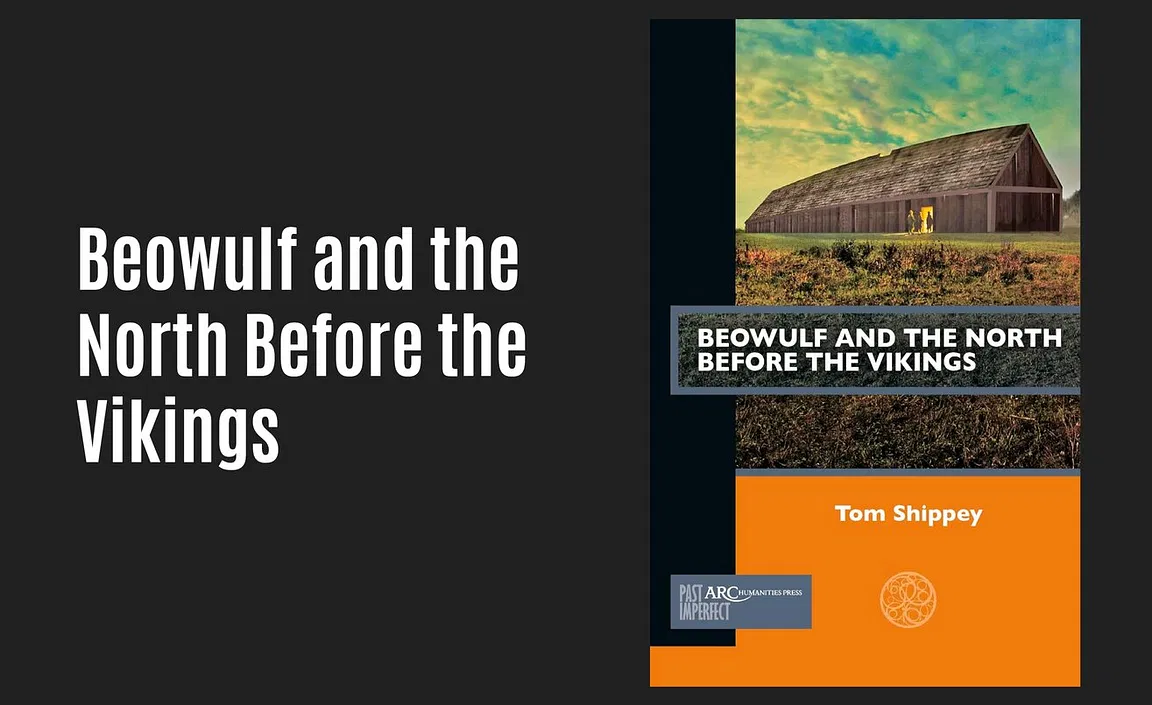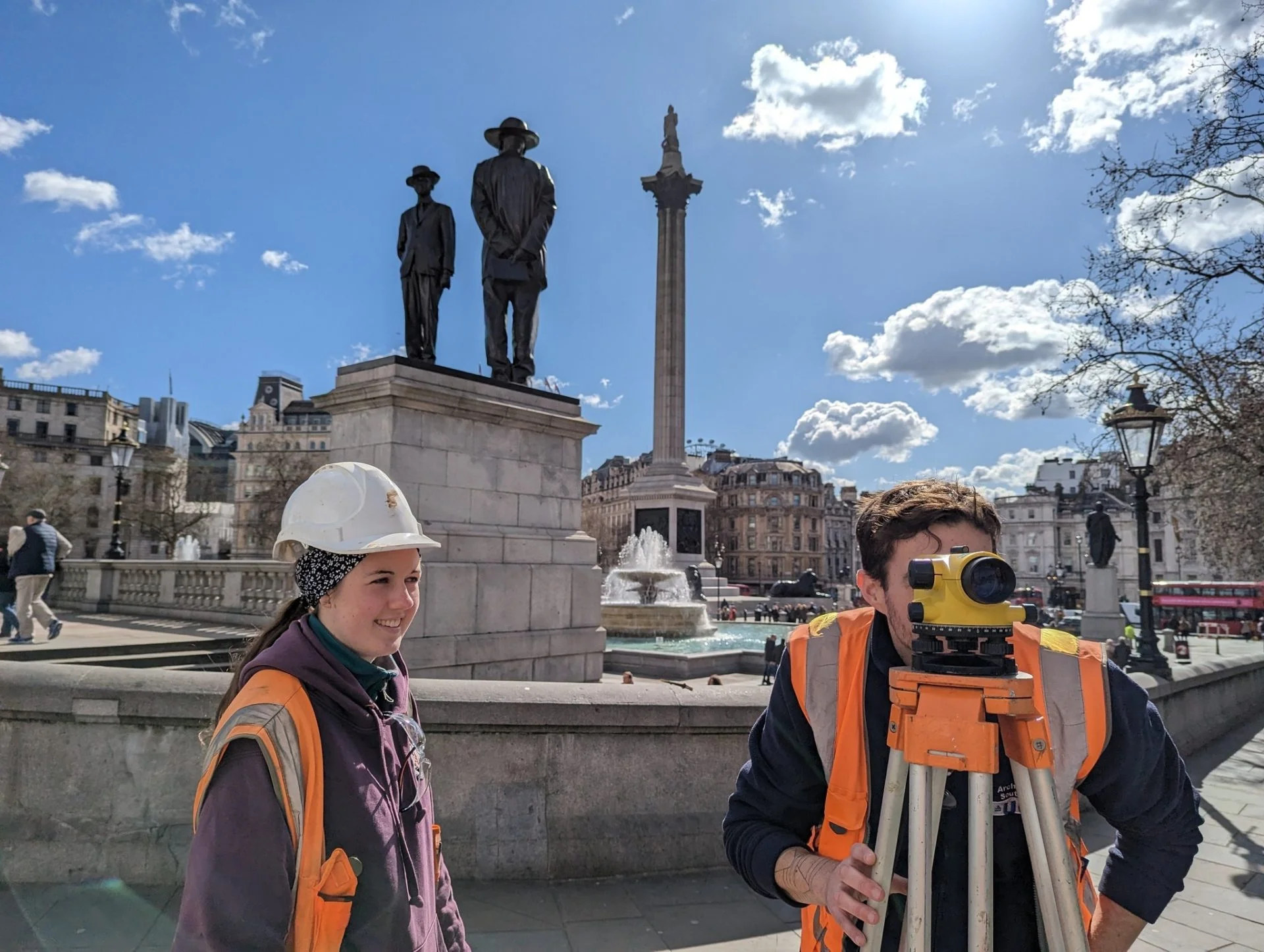
Beowulf and the North Before the Vikings
By Tom Shippey
Arc Humanities Press
ISBN: 9781802700138
How much history is there in the story of Beowulf? The author argues that we can learn more about the people and places mentioned in the poem than has been commonly accepted, and it also sheds light on the Viking raids that began at the end of the eighth century.
Excerpt:
Beowulf’s anti-historical critics do of course have a point. If you believe that history cannot be written without dates and documents, then Beowulf offers neither. On the other hand, students of prehistory are accustomed to making what they can of other kinds of evidence, like legends and late traditions. And there is in addition the solid and ever-increasing evidence of archaeology, the “open frontier” of Beowulf-studies and of early history. As Ulf Näsman, Professor of Archaeology at Linnaeus University in Sweden, puts it: “archaeologists can write history.” Moreover, and as it happens, even for Beowulf we do have some surprising documentary evidence, which also gives us a date.

